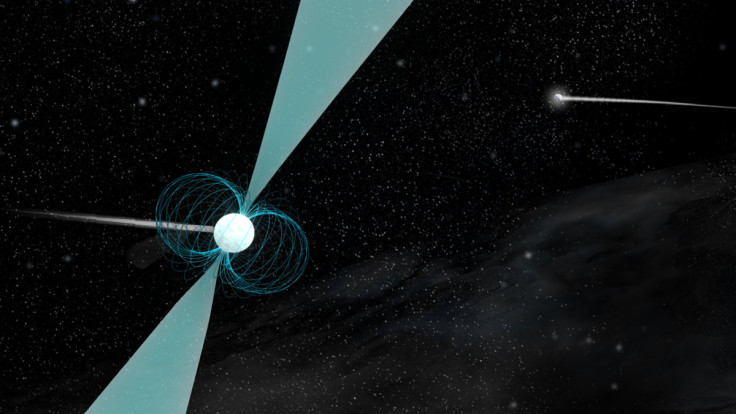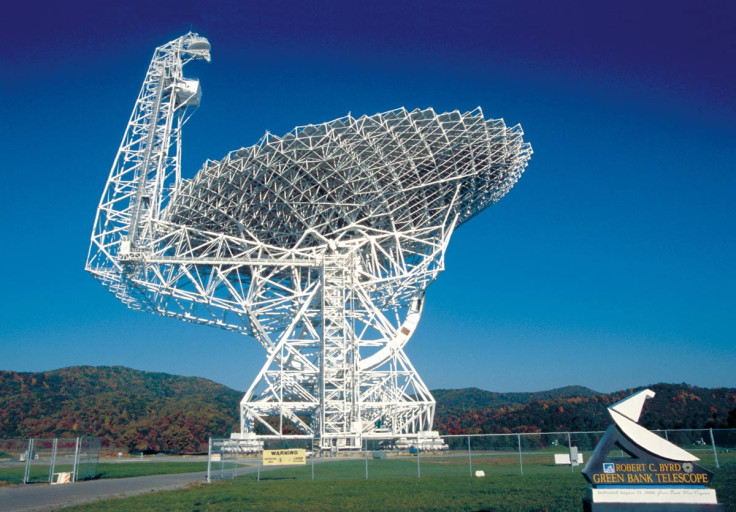Pulsar with widest orbit ever discovered by high school students

High school students have helped discover a pulsar which was later revealed to be one of its kind with the widest orbit around a neutron star.
Students from Baltimore and Virginia analysed data from the National Science Foundation's (NSF) Robert C Byrd Green Bank Telescope (GBT) to detect PSR J1930-1852 back in 2012.
Based on the differences in its spin frequency in the original detection and follow-up observations by astronomers, it was determined that the pulsar is part of a binary system, one among a handful of double neutron star systems. A vast majority of pulsars orbit ancient white dwarf companion stars.
With optical telescope surveys showing no visible companion, it was concluded that the most likely companion was another neutron star.
Following studies of the timing of the pulses indicated that the two neutron stars have the widest separation ever observed in a double neutron star system.
The orbital path of J1930-1852 spans about 52 million kilometres, roughly the distance between Mercury and the Sun.
"Its orbit is more than twice as large as that of any previously known double neutron star system," said Joe Swiggum, a graduate student in physics and astronomy at West Virginia University in Morgantown and lead author of the study.
"The pulsar's parameters give us valuable clues about how a system like this could have formed. Discoveries of outlier systems like J1930-1852 give us a clearer picture of the full range of possibilities in binary evolution."
Some pulsars are so close to their companion that their orbital paths are comparable to the size of our Sun.

Pulsars are rapidly spinning neutron stars left after massive stars have exploded as supernovas. They emit electromagnetic radiation at rates of up to 1,000 pulses per second.
The radio waves, streaming from the poles of its powerful magnetic field, can be detected by radio telescopes on Earth.
"Pulsars are some of the most extreme objects in the universe," said Swiggum, whose paper was accepted for publication in the Astrophysical Journal explaining this result and its implications.
About 10% of known pulsars are in binary systems.
Double neutron star systems are rare as the conditions following supernova explosions do not allow two such stars to remain gravitationally locked in the same system.
The pulsar was discovered in 2012 by Cecilia McGough, who was a student at Strasburg High School in Virginia at the time, and De'Shang Ray, who was a student at Paul Laurence Dunbar High School in Baltimore, Maryland. They were participating in a summer Pulsar Search Collaboratory (PSC) workshop,
Students often spend weeks and months poring over GBT data plots, searching for the unique signature that identifies a pulsar. Those who identify strong pulsar candidates are invited to Green Bank to work with astronomers to confirm their discovery.
The 100-metre Green Bank Telescope is the world's largest fully steerable radio telescope. Its location in the National Radio Quiet Zone protects the telescope from unwanted radio interference.
© Copyright IBTimes 2025. All rights reserved.





















